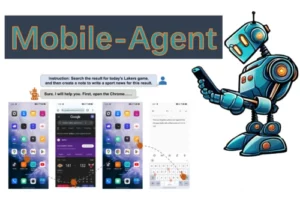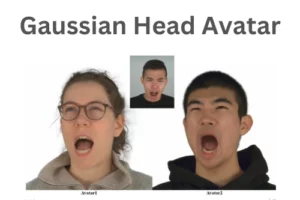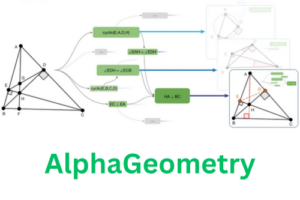TaskWeaver; a newly launched conversational AI agent framework where autonomous agent translate user request into executable code using natural language.
The researchers team Bo Qiao, Liqun Li, Xu Zhang, Shilin He, Yu Kang, Chaoyun Zhang, Fangkai Yang, Hang Dong, Jue Zhang, Lu Wang, Minghua Ma, Pu Zhao, Si Qin, Xiaoting Qin, Chao Du, Yong Xu, Qingwei Lin, Saravan Rajmohan and Dongmei Zhang from Microsoft presented this model for code generation.
TaskWeaver is a framework designed to create autonomous agents using a code-centric approach, specifically leveraging Large Language Models (LLMs) like GPT (Generative Pre-trained Transformer).

This model has the capability to convert user input into an executable code. Additionally, it offers a framework where users can extend its functionality by creating plugins that behave like functions within the system, augmenting its capabilities based on user-defined requirements.
All the existing Large Language Models (LLMs) frameworks such as GPT, Claude, Palm and Llama face the issues when it comes to the tasks related to data analysis in a specific domain. These models were unable to handle rich data structure. Also, these models lack flexibility and adaptability that was required according to the user preferences and requirements. These limitations hinder the effectiveness of such models.
What is TaskWeaver?
TaskWeaver is a framework that prioritizes code-based development for creating autonomous agents empowered by LLM technology. The noteworthy feature of this code generator is that it has the capability of converting user requirement into an executable code along with other customised functionalities. It is also efficient in handling large data structures such as pandas DataFrame. It utilizes the coding capability of LLMs to execute intricate logic while integrating domain-specific expertise through practical examples.

TaskWeaver is designed to interact with the user in a natural language. This approach makes the model more accessible and user friendly enabling communication between user and system more smoother. This model also provides the facility of saving generated data, like DataFrames or images in a lasting storage system. Users can retrieve the saved results by using the links provided by the system.
This model facilitates the development of an advanced application such as Medical Diagnostic Assistance, Research Assistance etc. The research is available of Arxiv whereas code is available at GitHub.
How TaskWeaver Works
TaskWeaver has three main components; the Planner, Code Generator (CG), Code Executor (CE). The Planner has the role of initiating and facilitating communication and engagement between the user and the system itself. Whereas, The Code Generator and Code Executor consist of the Code Interpreter (CI). The CG generates code of given input from the user through Planner. The CE, or Code Executor, takes on the responsibility of running the code.

TaskWeaver can also be expanded into a multi-agent architecture. This will help the complex to divide into several subtasks, with each task to be responsible to execute specific functionality. By plugging new agent, the new functions can be added into an existing projects.
Evaluation
TaskWeaver is effective in managing diverse tasks. The effectiveness has been demonstrated through several case studies. These real-world examples serve to highlight how well TaskWeaver performs in various scenarios. It provides a robust and adaptable solution for constructing intelligent conversational agents. The emphasis is on its capability to handle different tasks effectively and its overall strength as a flexible tool for creating such agents.
Wrap Up
TaskWeaver has the capacity to empower the creation of versatile, intelligent conversational agents capable of handling complex tasks and adapting to different specialized contexts or scenarios. These agents are capable of managing intricate tasks and adjusting their behavior to suit specific domains or industries.
References
Similar Posts
-
Chinese Company DeepSeek Releases DeepSeek-Coder a LLM for Code Generation

-
Alibaba’s Mobile-Agent: A Smart Mobile Assistant

-
Grounded SAM: A Unified Model for Diverse Visual Tasks

-
Gaussian Head Avatar: High Quality Head Avatar Generator

-
Google DeepMind’s AlphaGeometry: Without Assistance Solving Olympiad Geometry Problems

-
OMG-Seg: A Unified Segmentation Model

